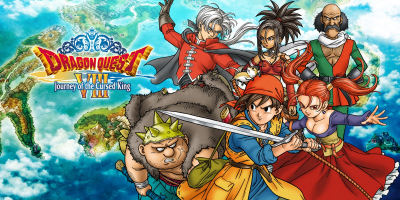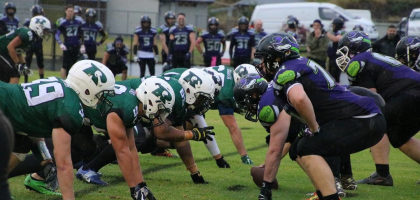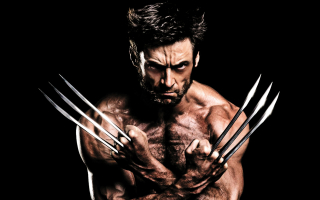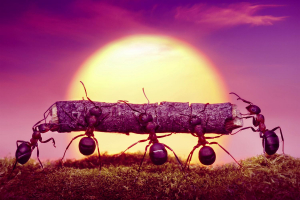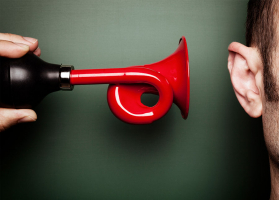Top 10 Common, Everyday Things That Aren't Actually Called What You Think They Are
Realizing you have been addressing a coworker or friend incorrectly because you don't know their name is among the most awkward situations. Even though it's a ... read more...fairly innocent error, it nevertheless makes you feel foolish when it occurs. It turns out that people frequently make mistakes, and not just when spelling out the names of other people. We frequently pick up the incorrect names for objects. Here are some Common, Everyday Things That Aren't Actually Called What You Think They Are.
-
If you're a tourist in London, you undoubtedly want to see all the iconic locations, like Big Ben, London Bridge, and Buckingham Palace. It turns out that you probably aren't visiting Big Ben for the reasons you believe you are when you go there. The clock tower that we have all seen in images and movies is not Big Ben.
Built in 1834, the famous House of Parliament clock tower. Clock Tower was its then-name, which was incredibly creative. After that, it was formally renamed Elizabeth Tower in 2012. Where did the moniker "Big Ben" come from then? Inside the tower, there is a bell.
Big Ben is a 13-ton bell with a renowned ring. There is controversy around the "Ben" portion of the bell's name. We don't even know why it has the name Big Ben because it has had it for such a long time, but there are two hypotheses. According to one story, the bell was given Sir Benjamin Hall's name since he oversaw the original building's construction. The other hypothesis is that well-known boxer Benjamin Caunt is responsible for the nickname.
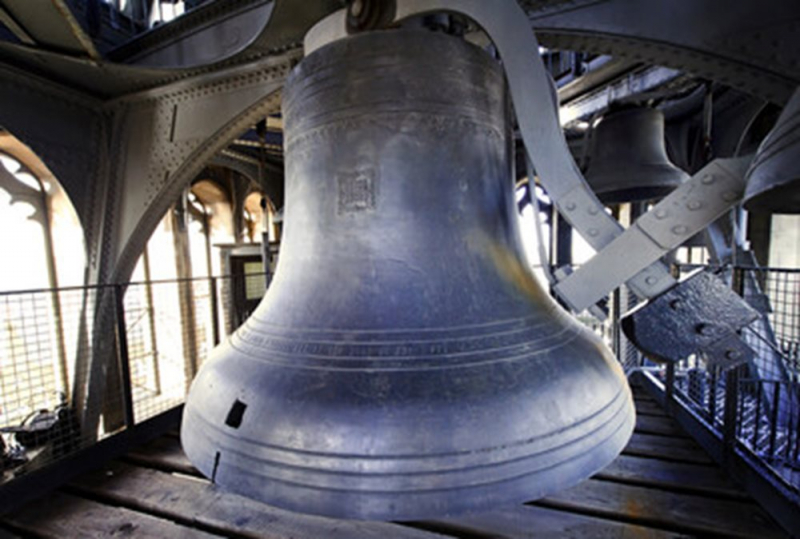
https://www.google.com/ 
https://www.google.com/ -
In America, a panini is a sandwich that has been grilled and pressed. Right now, you may purchase a sandwich at any sandwich store. You can prepare them at home by purchasing a panini press from Walmart. Paninis for all! It's important to note that using the word "panini" in this manner is not even grammatically correct. Multiple sandwiches are referred to by the Italian word panini.
A panino is a single sandwich of this type. Thus, panini would be two. When you go to Subway and order two paninis, you're actually trying to get two sandwiches, which is incorrect in terms of how to refer to these sandwiches.
It's important to remember that panini is Italian for "little bread roll." Thus, it refers to any sandwich that is served on the full little loaf of bread. In North America, grilling is basically the only requirement, but it doesn't even have to be done.

https://www.google.com/ 
https://www.google.com/ -
The Mad Hatter is arguably the most well-known figure from "Alice's Adventures in Wonderland." He was a highlight in the narrative, and after being portrayed in the Disney movie and then the live-action version starring Johnny Depp, he entered popular culture. Even the Mad Hatter, a villain from the Batman series, exists. His insanity just won't let up. However, it's important to note that author Lewis Carroll never referred to him as crazy.
The persona was dubbed "the Hatter" by Carroll. Carroll clearly portrayed him in a negative light by having other characters describe him negatively throughout the novel, but no one actually called him that. Before Lewis Carroll wrote his tale, the phrase "crazy as a hatter" referred to a condition that hatmakers experienced. Mercury was used during some of the 18th century's hat-making steps.
Unknowingly exposing themselves to this poisonous substance, hatmakers were developing major physical and mental illnesses. Despite the fact that Carroll's hatter was obviously insane—likely because of this—no one ever refers to him as the Mad Hatter.
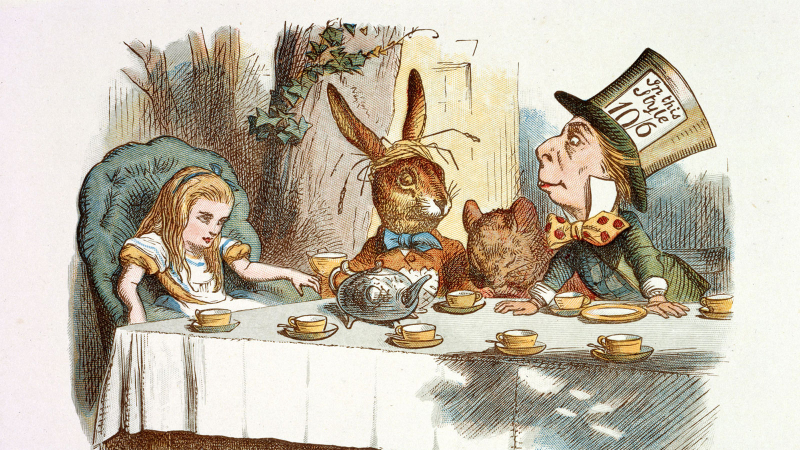
https://www.google.com/ 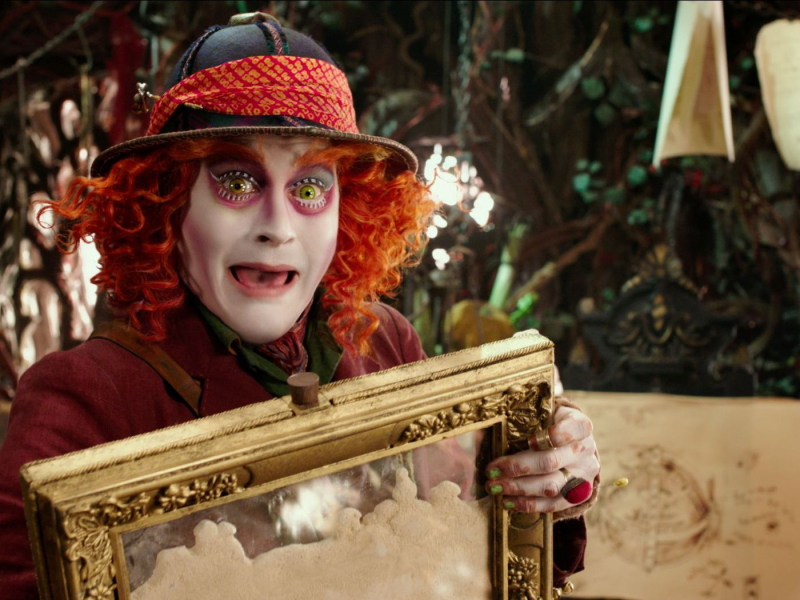
https://www.google.com/ -
Few symbols have experienced the ups and downs that Generation Z's association with the hashtag has. It is widely used, may be found on keyboards above the number "3," and was previously only known as the number symbol.
It was first used as a number symbol in the 1850s. It was first used as a tic-tac-toe board in 1823. There are cave drawings ascribed to Neanderthals that show it as a general symbol. It makes sense that it has been around for a while because it is just a straightforward arrangement of lines.
The symbol's official name is not a hashtag, number sign, pound sign, or even a sharp, as it is commonly known in music. It kind of makes sense that it has another name because it is all of those things. It's called octothorpe. But whose idea was that? Phone operators. Since there was no official name for the symbol, people started calling it an octotherp, which eventually changed to octothorpe.
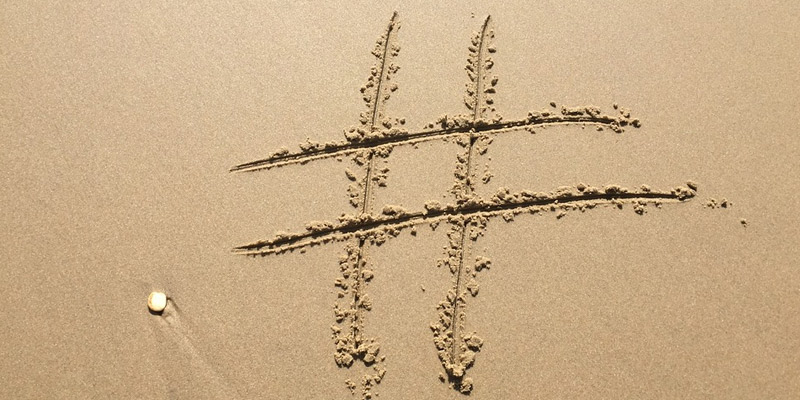
https://www.google.com/ 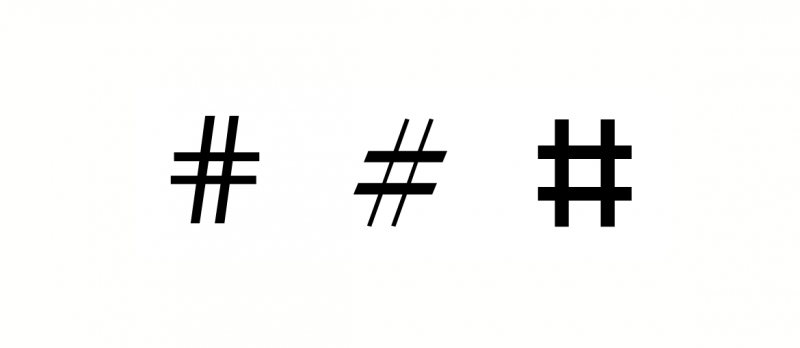
https://www.google.com/ -
There are 195 nations in the world, so don't feel bad if you can't name them all. However, if you have any geography knowledge, you probably feel sure that you can name a substantial number of them. But if you're from North America, you must be able to list every nation there. Only three are present.
Mexico is not the name of Mexico, despite what the majority of people believe. Mexico won its independence from Spain in 1821, and the United Mexican States became its official name in 1824. So why is it called Mexico by people? Mostly, due to the age of its name. Before the Spanish even considered crossing the ocean in the Valley of Mexico, the Aztec people were in fact known as the Mexica people. The formal name of the country is still Estados Unidos Mexicanos, despite previous attempts to change it to Mexico.
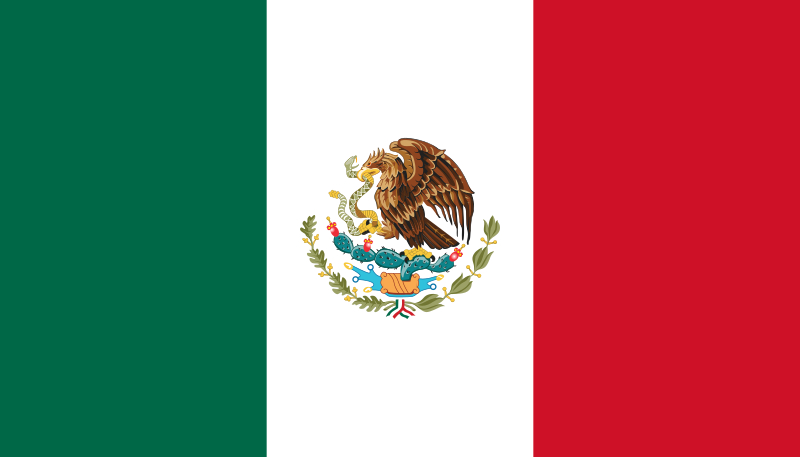
https://www.google.com/ 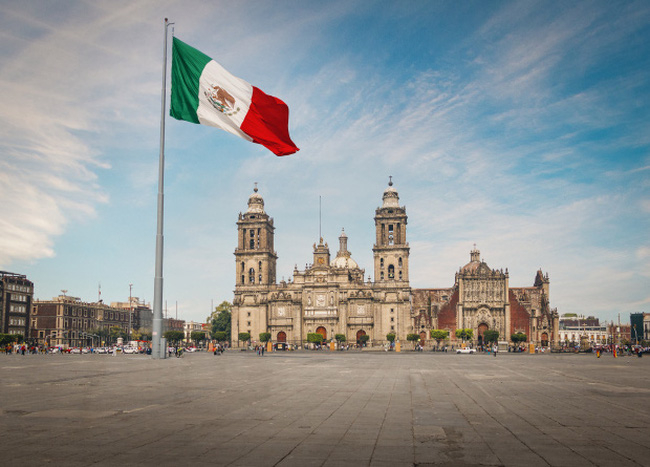
https://www.google.com/ -
It takes at least a few minutes to alter the font of a headline if you've ever done any design work on a computer, even something as easy as drafting an essay for school. Numerous fonts are available in Microsoft Word and other software like PhotoShop. You can use fonts from Stranger Things, Harry Potter, Star Wars, or simply some timeless and simple styles that resemble newspaper headlines or even calligraphy. Font options are countless. None of them are typefaces either.
The term "font" especially refers to the differences seen within a single typeface. That refers to the letters' height or width. It does not allude to the evident design variation between each set of letters, which distinguishes Star Wars from Harry Potter. Actually, that is the typeface.
Most creative types are already aware of this. However, font and typeface are synonymous terms in the general public. This is so that software may simply call typefaces and fonts. In a design software, the word "typeface" is seldom ever used. If you make something bold or modify the size going forward, you're changing the font, to be more precise. If you convert from Arial to Times New Roman, you are altering the typeface.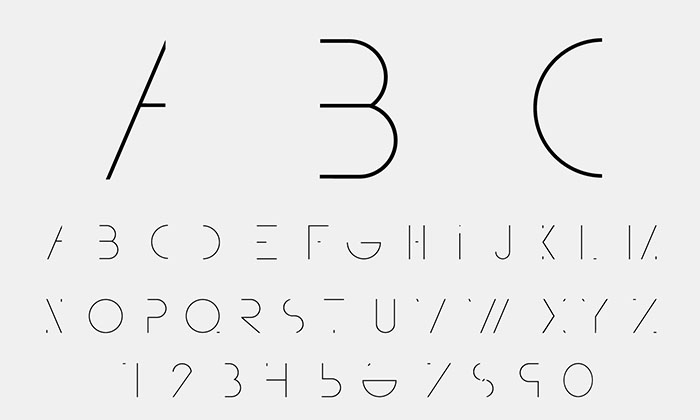
https://www.google.com/ 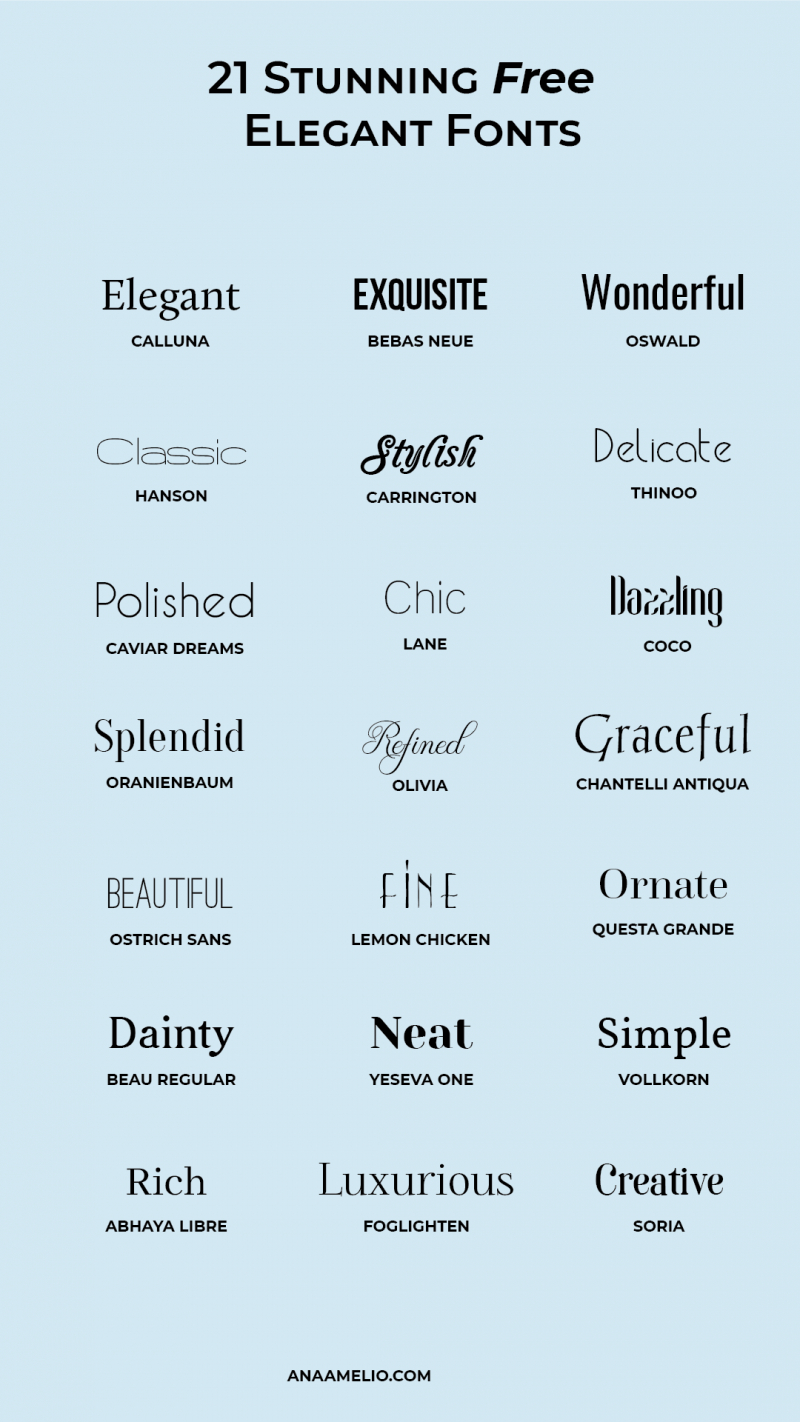
https://www.google.com/ -
You may have heard the proverb, "See a penny, pick it up, and all day long you'll have good luck," if you're elderly and still recall pennies. The world of coins and paper money is gradually disappearing in favor of electronic trade, but the penny had a successful career. In the year 790 AD, the first penny was made available. That history is impressive.
Perhaps the most intriguing aspect of the penny in modern times, and especially in America, is that it doesn't exist. The coin is officially known as the American one cent piece, and "penny" is more of a colloquial term given that it has been used for well over a thousand years. If you name it a cent yourself, don't feel strange about it. Almost everybody does, even the US Mint. Naturally, they adhere to their own correct terms throughout the rest of their website.
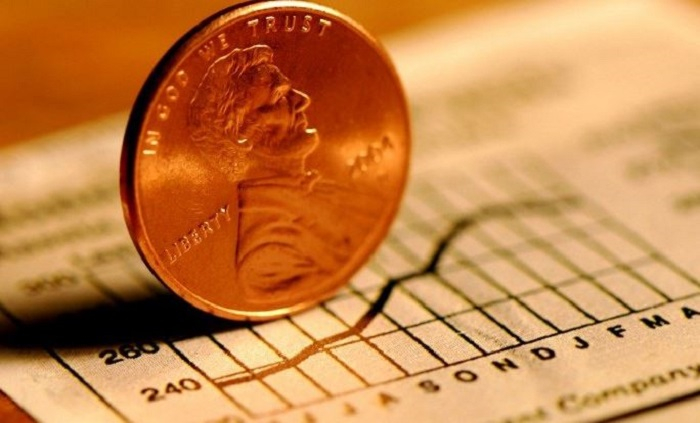
https://www.google.com/ 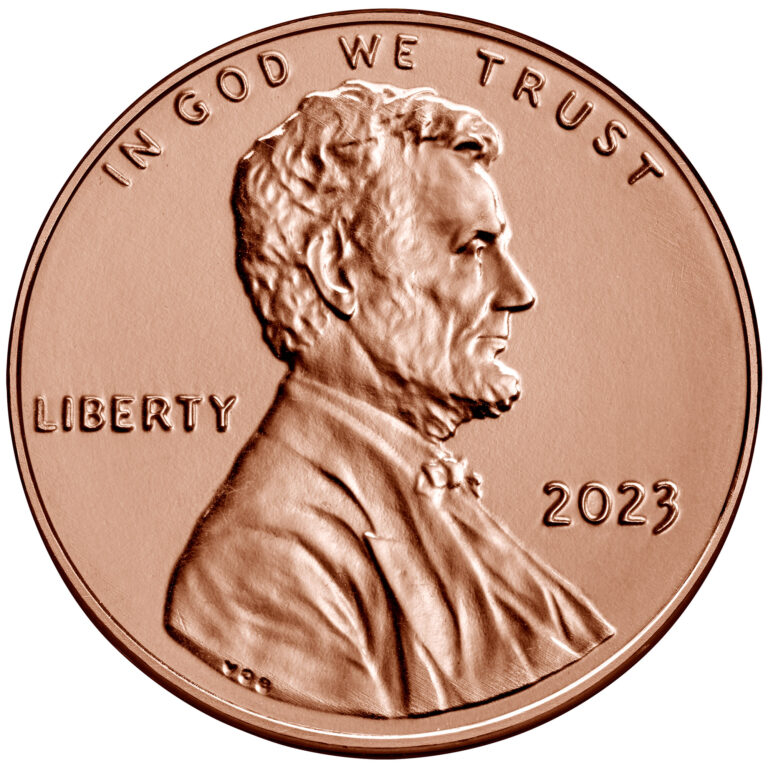
https://www.google.com/ -
Chilean sea bass will frequently appear on cookery shows on television if you watch enough of them. It's the preferred fish for elegant feasts, and it sounds very opulent, doesn't it? That's the goal, I suppose. Chilean sea bass used to go by a name that sounded really terrible, so they had to come up with a romantic one for it. Patagonian toothfish is what it is.
Although the Patagonian section isn't too horrible, it doesn't flow as well as "Chilean." There is no getting around the fact that toothfish sounds disgusting. Simply because merchants believed it would sound more appealing to purchasers, the name was changed. All of it is marketing.
It's a deep sea fish whose name was changed in 1977 and which was little known prior to the development of modern fishing techniques. You can receive Patagonian or Antarctic toothfish if you purchase Chilean sea bass due to the lax standards surrounding the phony name. Additionally, the methods used to collect these fish are quite harmful to the ecosystem, so you might wish to avoid serving them.

https://www.google.com/ 
https://www.google.com/ -
Thanks to Microsoft, almost everyone is familiar with the card game of solitaire. It was included with the first home computers, so most people had access to it growing up. We all refer to the game as Solitaire because Microsoft chose that name for it. In actuality, solitaire is more of a type of game than a specific game. Klondike Solitaire was the game that Microsoft taught us all to play. It might be referred to as Patience in the UK. There are plenty of different Solitaire games available. In essence, it's Solitaire if you can play it by yourself. The only genuine rule is that.
The earliest known instance of Solitaire was in 1746, and at the time, it was a game intended to be played with pegs and marbles. There are obviously many other permutations, but as long as there is only one player, it is considered to be a game.
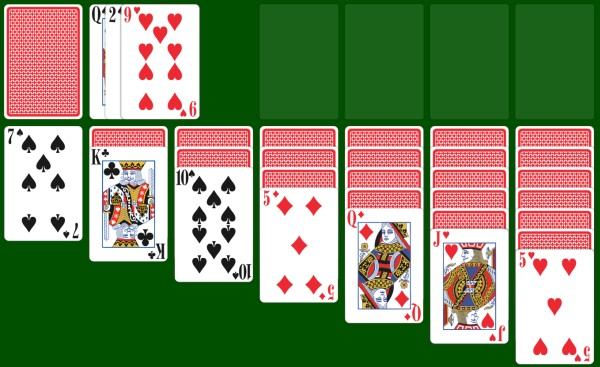
https://www.google.com/ 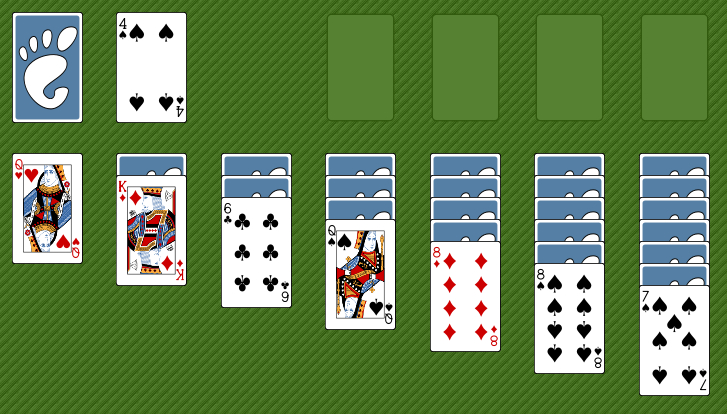
https://www.google.com/ -
Although gargoyles are most often associated with gothic architecture, they have historically been seen all over Europe and even in Ancient Greece. Lion gargoyles from the 4th century BC can be found on the Acropolis in Athens. They are still going strong today, and you may even see a gargoyle of Darth Vader at the National Cathedral in Washington. Or, to be more precise, grotesque.
In the present era, we have a horrible habit of referring to every gruesome creature carved onto a cathedral's wall as a gargoyle. Back in the day, Disney produced a successful cartoon about them, but none of those characters—or the Darth Vader we referenced earlier—are genuinely gargoyles. They are both grotesques and separate entities.A gargoyle must fulfill a specific purpose in order to be considered one. They have water spouts built into its construction that direct rainwater away from the structure. A grotesque, on the other hand, is not a waterspout and is mostly used for decoration or, if you're superstitious, for protection against evil spirits.

https://www.google.com/ 
https://www.google.com/
















